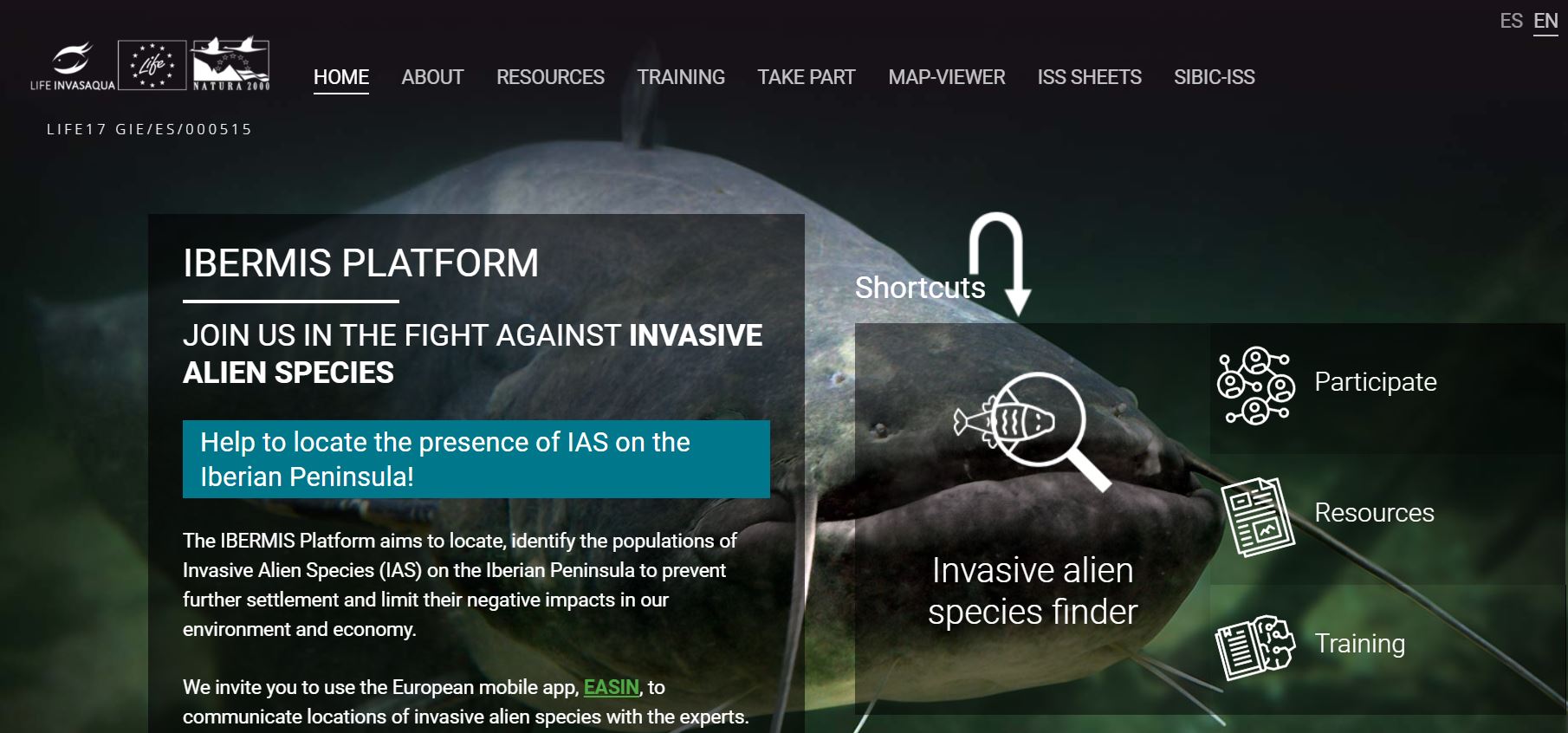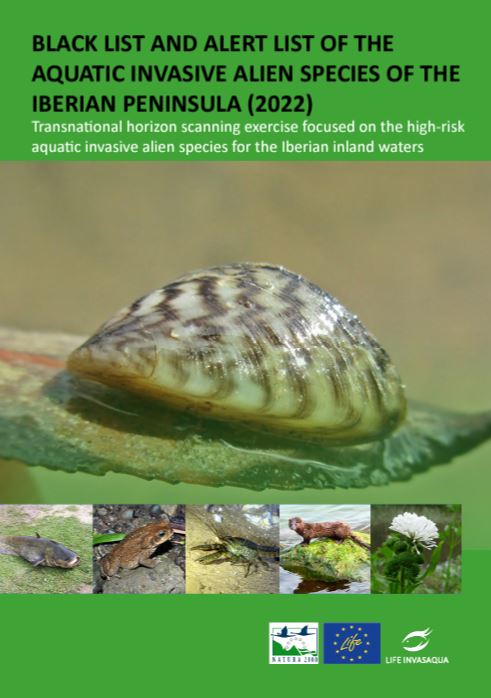How can we shift public perception of Invasive Alien Species? A collaborative conference with experiences from the Euro-Mediterranean region
A total of 126 invasive alien species (IAS) and another 89 species posing a serious threat to freshwater and estuarine ecosystems have been recorded by the Life Invasaqua project in Spain and Portugal.
From the 25th to the 26th of May this conference, led by IUCN-Med, will offer a platform for organisations from across Europe to exchange strategies and impactful steps that can be taken to manage and prevent the spread of IAS.
Eighteen LIFE projects come together to exchange solutions to prevent the spread of IAS
As the second most common cause of species extinction and one of the main causes of biodiversity loss, IAS have an important negative impact on native habitats as well as human livelihood, affecting our food along with our health.
In Europe, several reports confirm a dramatic increase of IAS over the past decades, which impacts negatively all sorts of ecosystems, making it a shared threat for European countries.
This event taking place in Malaga will foster synergies and the exchange of successful practices between projects, that support the implementation of the EU regulation on IAS. On this occasion, the Life Invasaqua project is honoured to helm this collaborative event which brings together:
- 18 EU Life projects involved in IAS prevention as well as the Italian network of LIFE projects
- 7 universities
- 4 state agencies, from Montenegro, Turkey, Italy, Spain
- 1 protected area, Parco Nazionale Arcipelago Toscano
- 1 sub-regional administration, Regional Ministry for Ecological Transition and Sustainability - Junta de Extremadura, Spain
Early detection and prevention are the most cost-efficient approach
Early detection and quick and effective measures are crucial to managing IAS. For that reason, Life Invasaqua has developed an extensive database of the IAS in freshwater and estuarine systems in Spain and Portugal, which is already publicly available on the Ibermis platform.

This online information system is intended to support policymakers and scientists in their work managing IAS. Furthermore, the data collected by Ibermis will feed into the European Alien Invasive Species Notification System.

Likewise, the project has put together a “black list” of the most dangerous IAS as well as a list of endangered native species, ranging from endangered to in risk of extinction.
A significant part of IAS entering the Iberian Peninsula have been found to come in through illegal trade. One of the main goals of the Life Invasaqua project is to raise awareness of IAS amongst key stakeholders and the general public. In this sense, several communication and training campaigns, involving associations of fishermen, business owners and other concerned groups, have been carried out in an effort to harness the potential of citizen science in tackling this threat.
EICAT: a decisive tool in managing IAS
IUCN has developed a global standard to measure the severity of environmental impacts caused by IAS called EICAT (Environmental Impact Classification for Alien Taxa). The life Invasaqua project has provided an excellent opportunity for the IUCN to implement the EICAT methodology in Spain and Portugal.
LIFE INVASAQUA (LIFE17 GIE/ES/000515), funded by the LIFE European program, is coordinated by the University of Murcia with the participation of 8 additional partners: EFEverde (Agencia EFE), International Union for Conservation of Nature- Centre for Mediterranean Cooperation, National Museum of Natural Sciences-Higher Center for Scientific Research (MNCN-CSIC), Iberian Society of Ichthyology (SIBIC), University of Navarra, University of Santiago de Compostela, University of Évora and the Associaçao Portuguesa de Educaçao Ambiental (ASPEA).
https://lifeinvasaqua.com/
